Changing Anthurium Color: Reasons For An Anthurium Turning Green
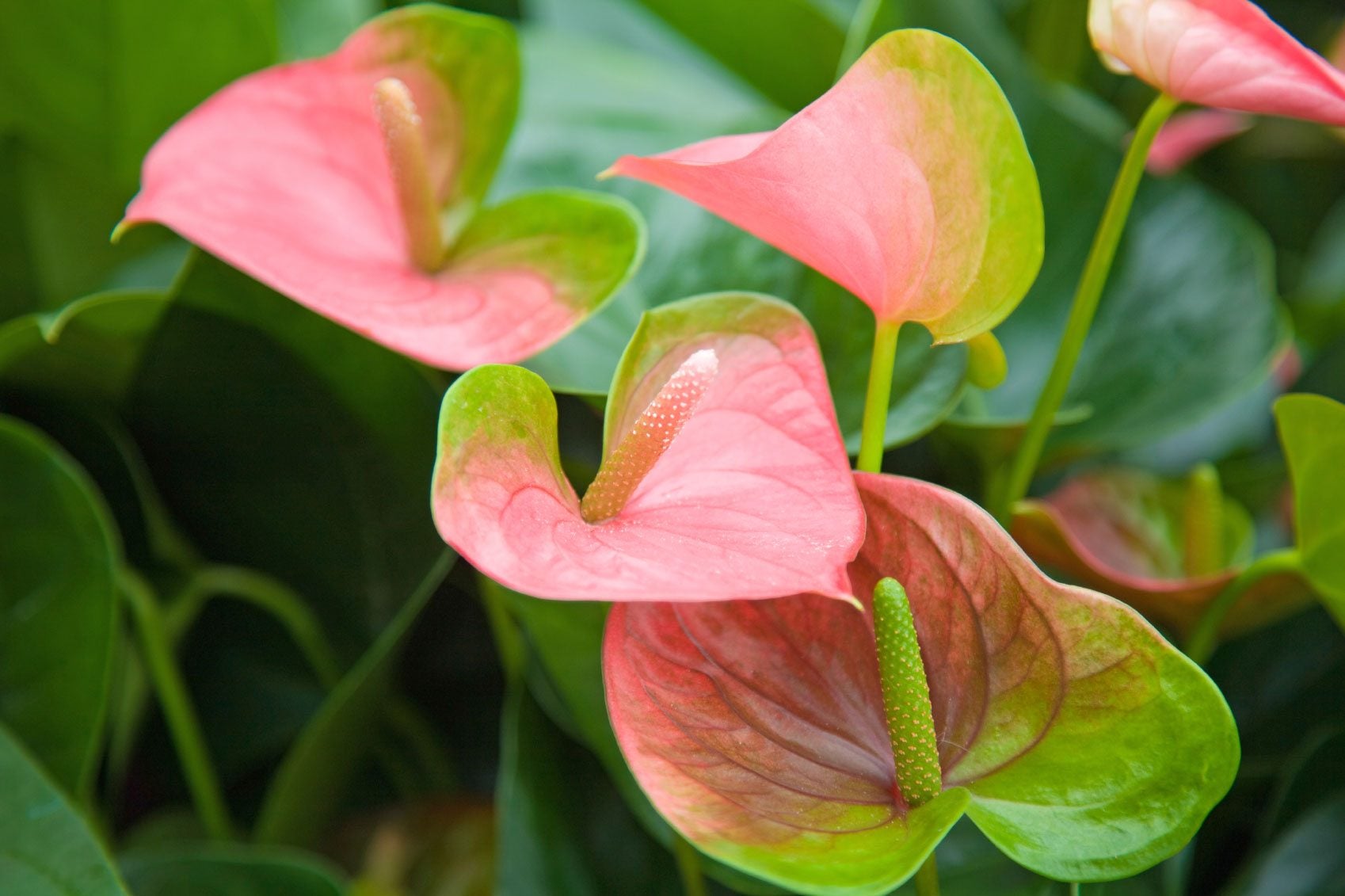

Anthuriums are in the Arum family and encompass a group of plants with 1,000 species. Anthuriums are native to South America and are well distributed in tropical regions such as Hawaii. The plant produces a flower-like spathe with a well-developed spadix in traditional hues of red, yellow, and pink.
More colors have recently been introduced into cultivation, and you can now find green and white, scented lavender and a deeper yellow colored spathe. When your anthurium flowers turn green, it may be the species, it may be age of the plant or it may be incorrect cultivation.
Why Has My Anthurium Turned Green?
Anthuriums grow in trees or compost-rich soil in tropical jungle regions where shade is dense. They have come into cultivation because of the glossy green leaves and long lasting inflorescence. Growers have manipulated the plants into hues that span the rainbow, and that includes green.
They also fool plants for retail purposes into blooming using hormones. This means that once they're brought home and no longer exposed to the hormones, the plant will revert to normal growth behavior. For this reason, color change in anthuriums is not unusual.
“My anthurium turned green” is a common complaint due to greenhouse practices, which often force the plant into flower when it isn't ready to bloom. The plant may respond by losing color as it ages. The spathe may also fade to green if it doesn't get a long enough dormancy period in its second flowering. This means it didn't get exposed to the proper light intensity and duration. The plant will respond by producing faded or green flowers.
Other cultivation practices can make the plant unhappy and cause color change in anthuriums, such as improper watering, excess nitrogen fertilizer and improper temperatures. They require daytime temps between 78 and 90 F. (25-32 C), but anything higher than 90 F (32 C.). and the flowers begin to fade.
Changing Anthurium Color
Old age isn't kind to any of us and this is true of flowers as well. The anthurium spathe will fade as it ages. The inflorescences generally last a month in good growing conditions.
Gardening tips, videos, info and more delivered right to your inbox!
Sign up for the Gardening Know How newsletter today and receive a free copy of our e-book "How to Grow Delicious Tomatoes".
After that period, changing anthurium color begins as the spathe loses color. Streaks of green begin to appear and the overall base color will become paler. Eventually, the spathe will die and you can cut it off and grow the plant on as a lovely and novel foliage houseplant, or start the process to force more blooms.
This is not a fool-proof process and requires you to give the plant a six-week rest period in a cool room with temperatures around 60 F. (15 C). Provide very little water and bring the plant out after the waiting period is over. This will break the dormancy cycle and signal to the plant that it is time to produce flowers.
Other Reasons for Anthurium Turning Green
An anthurium turning green could be any of the above causes or it could simply be the variety. A variety called Centennial starts as a white spathe and gradually turns a bright green.
Other varieties that turn green are: A. clarinarvium and A. hookeri. One that has bi-colored spathes and may appear to be fading to green is the pink obaki or Anthurium x Sarah. As you can see, there are many possible reasons when anthurium flowers turn green.
First check your species and then review your cultivation practices. If all else fails, enjoy the brilliant green spathes and the glossy foliage as just another wonderful aspect of this lovely plant.

Bonnie Grant is a professional landscaper with a Certification in Urban Gardening. She has been gardening and writing for 15 years. A former professional chef, she has a passion for edible landscaping.
-
 Looking For Plants To Give You The Soft And Fuzzies? Try These 5 Fuzzy Leaf Plant Options
Looking For Plants To Give You The Soft And Fuzzies? Try These 5 Fuzzy Leaf Plant OptionsLovers of texture, drama, silver foliage and tactile plants will adore these special sensory garden additions. These fuzzy leaf plant options will leave you all aglow
By Susan Albert
-
 Get Ready For A Summer Of Hummers! Grow These Full Sun Hummingbird Plants and Flowers
Get Ready For A Summer Of Hummers! Grow These Full Sun Hummingbird Plants and FlowersIf you’re lucky enough to enjoy a sunny backyard, make sure you are maxing out on your pollinator opportunities and grow these full sun hummingbird plants and flowers
By Tonya Barnett
-
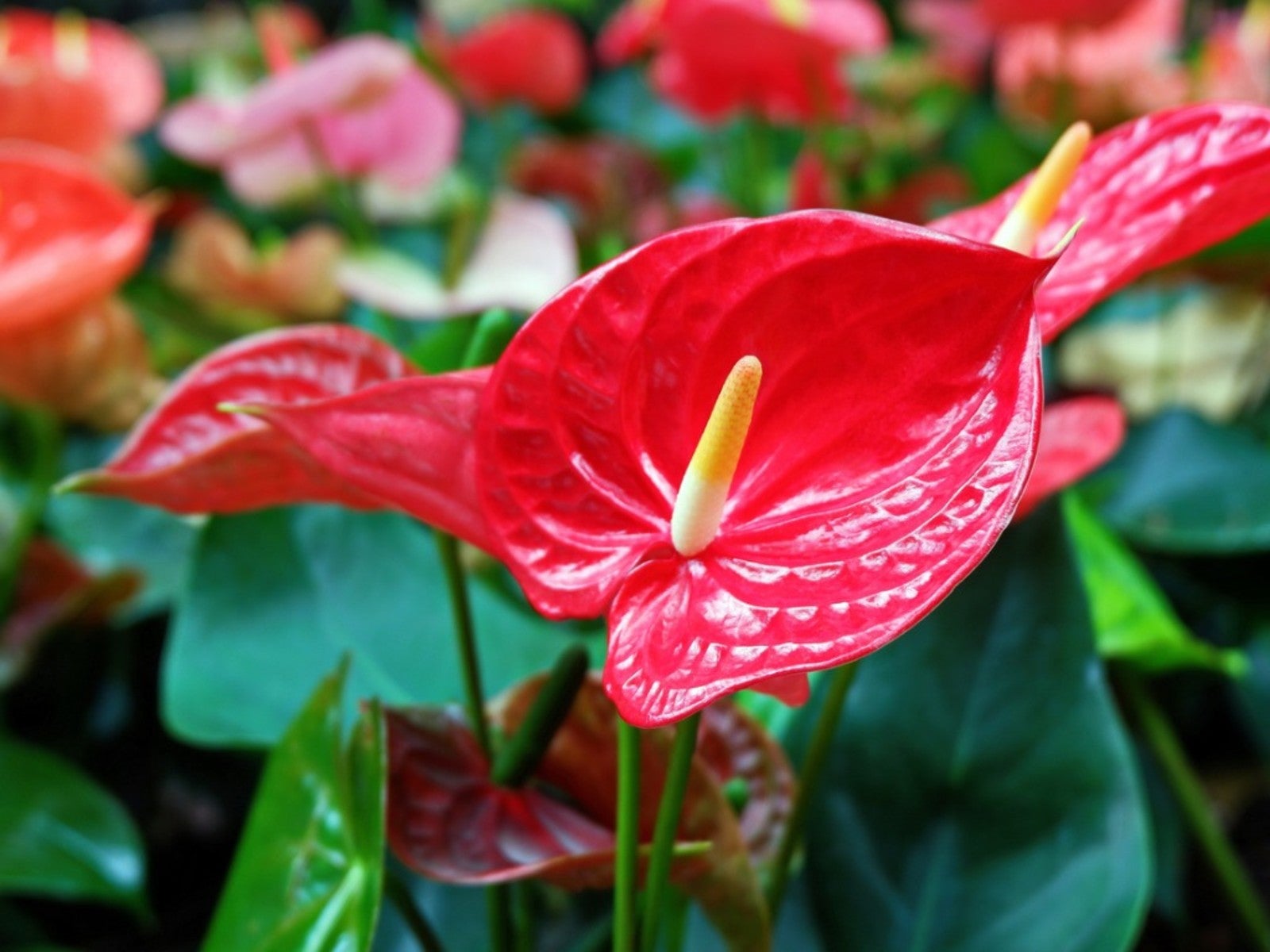 Can I Grow Anthurium In Water - Anthurium In Water Care Tips
Can I Grow Anthurium In Water - Anthurium In Water Care TipsYou can often find Anthuriums for sale glued to a piece of volcanic rock or pumice soaked in water. This would lead you to question, "Can I grow Anthurium in water?"
By Bonnie L. Grant
-
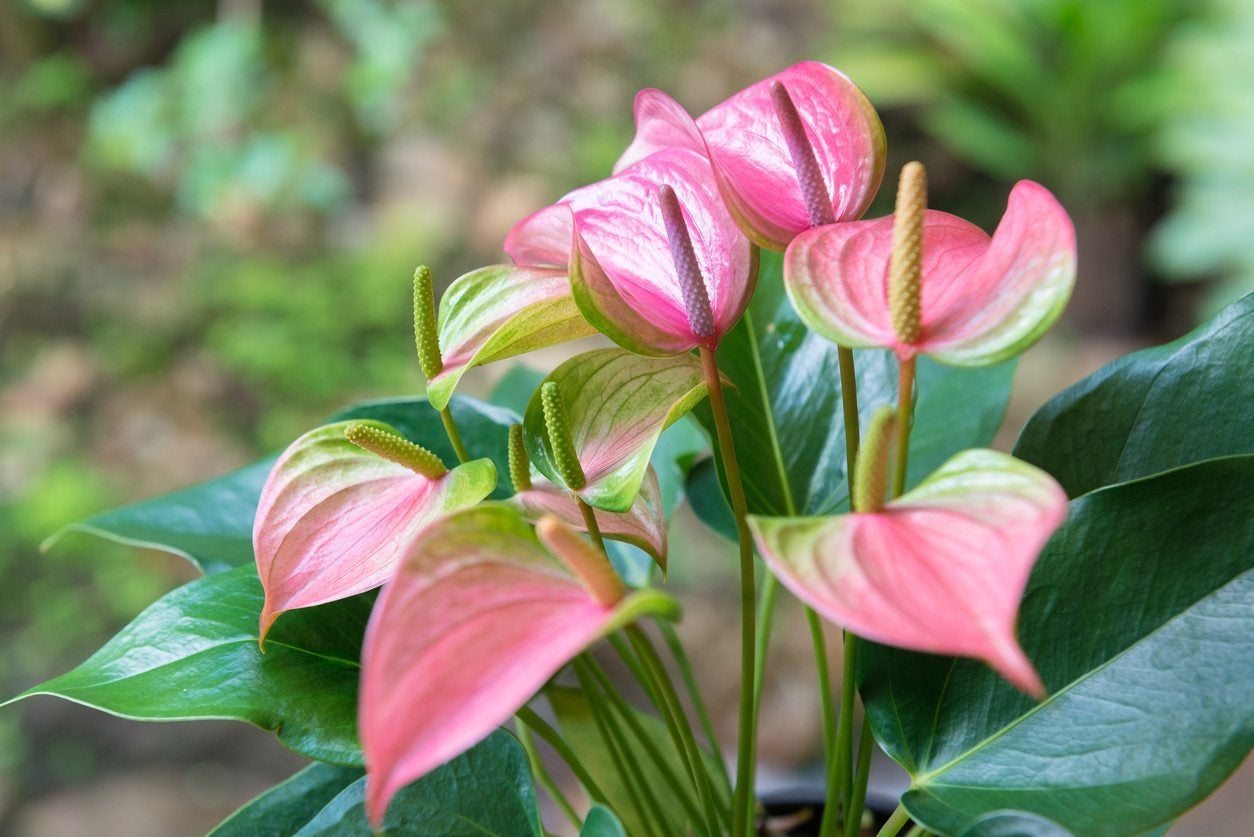 Is Anthurium Trimming Necessary: How To Prune Anthurium Plants
Is Anthurium Trimming Necessary: How To Prune Anthurium PlantsIn spite of its exotic appearance, anthurium is surprisingly low maintenance. However, cutting back an anthurium is necessary from time to time to keep the plant happy and healthy. Wondering how to prune anthurium? Learn more in this article.
By Mary H. Dyer
-
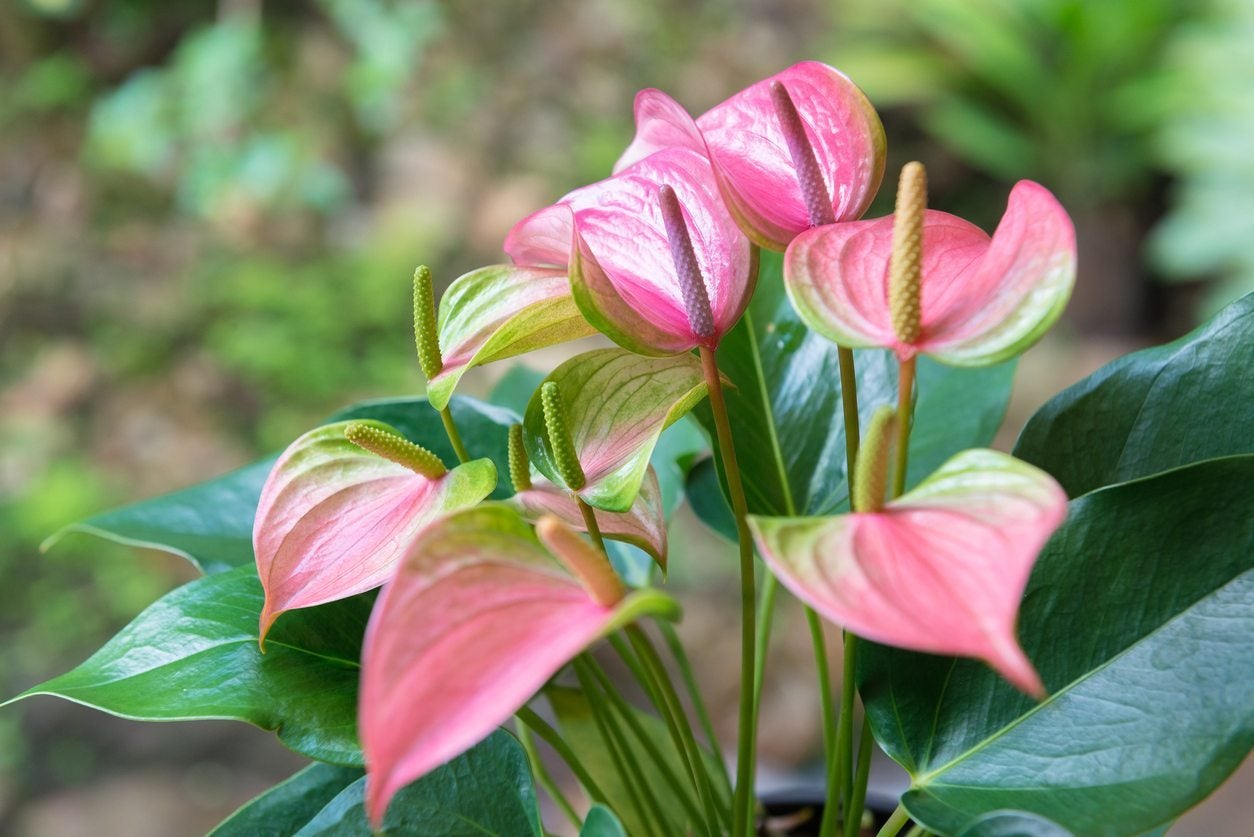 Anthurium Plant Division: How And When To Split Anthuriums
Anthurium Plant Division: How And When To Split AnthuriumsAnthurium is a great plant even for inexperienced gardeners. Maintenance is low, although dividing anthuriums is sometimes necessary to keep them blooming. Click this article to learn more about when and how to divide these plants.
By Mary Ellen Ellis
-
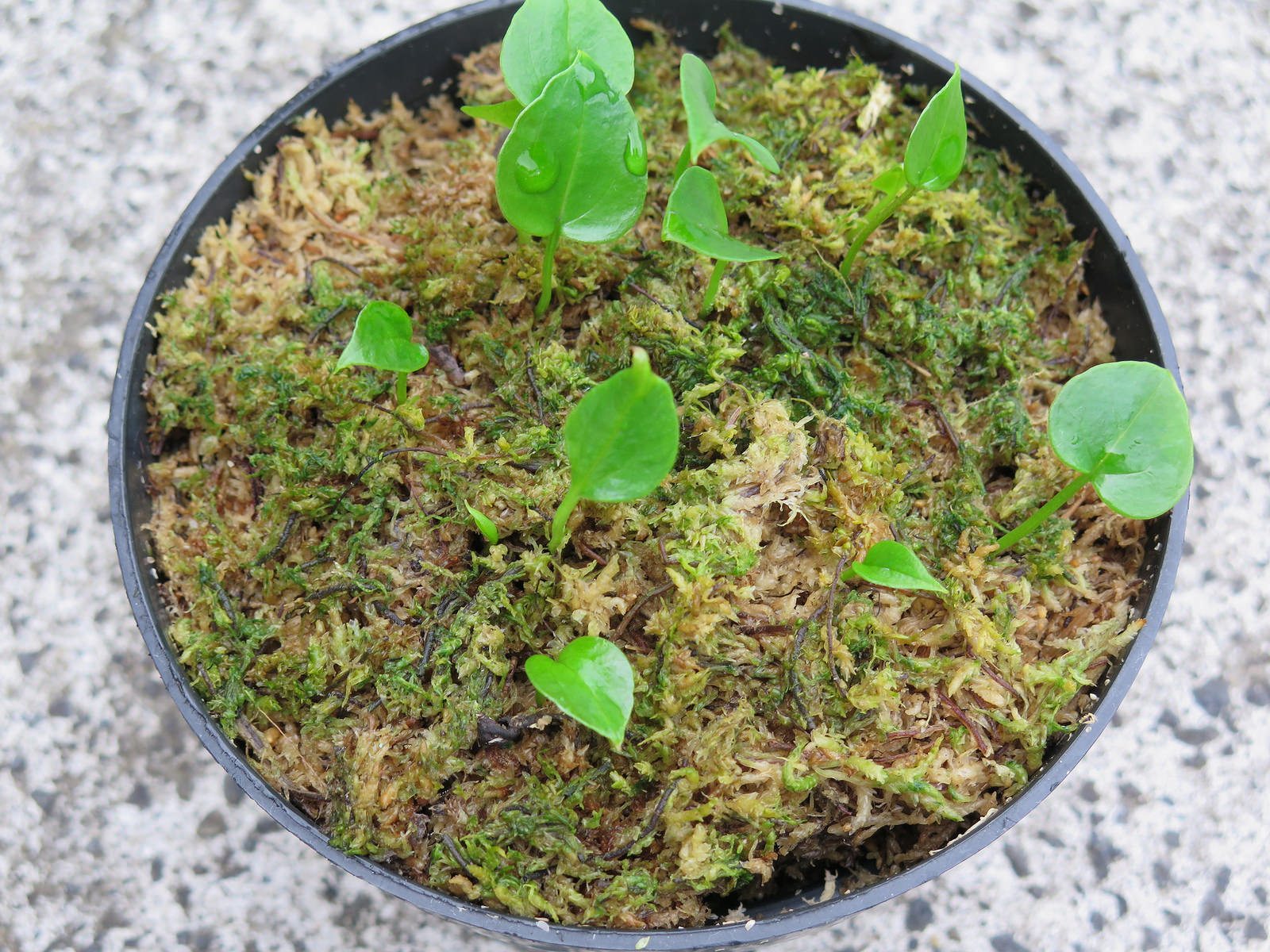 Seed Propagating Anthuriums: Learn About Planting Anthurium Seeds
Seed Propagating Anthuriums: Learn About Planting Anthurium SeedsCuttings are a far easier way to get a new plant, but if you are up for an adventure, some tips on planting anthurium seeds can help you find success. This article will help get you started with propagating anthuriums from seed.
By Bonnie L. Grant
-
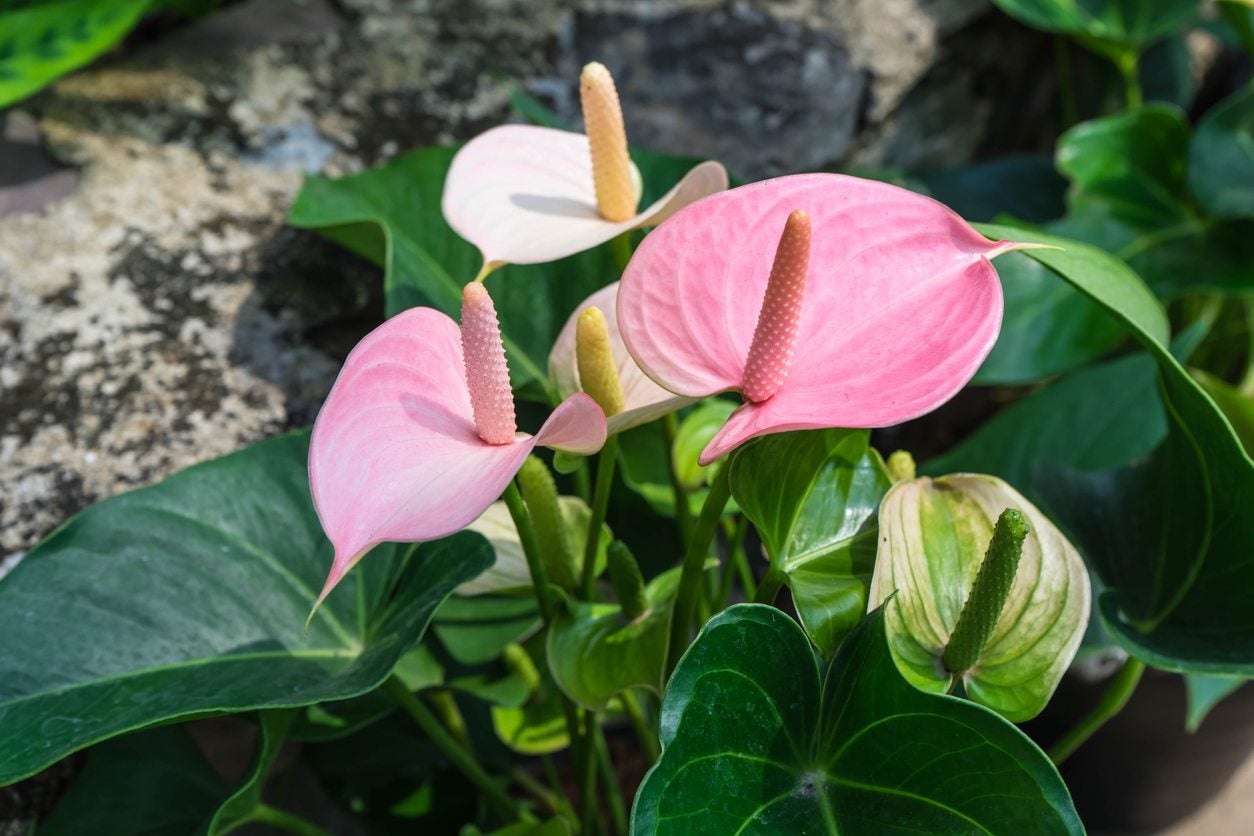 Anthurium Outdoor Care – How To Grow Anthuriums In The Garden
Anthurium Outdoor Care – How To Grow Anthuriums In The GardenJust one anthurium plant can give a room a more tropical feel. Naturally, homeowners are adding this exotic plant to their outdoor rooms as well. However, while anthurium tends to grow well inside, anthurium outdoor care is more difficult. Learn more here.
By Darcy Larum
-
 Anthurium Plant Pests – Controlling Insects On Anthuriums
Anthurium Plant Pests – Controlling Insects On AnthuriumsAnthurium pest control starts with recognizing the insects infesting the plant and then taking prompt measures to eradicate them. Learn more about them in this article and find tips on how to control insects on anthuriums.
By Bonnie L. Grant
-
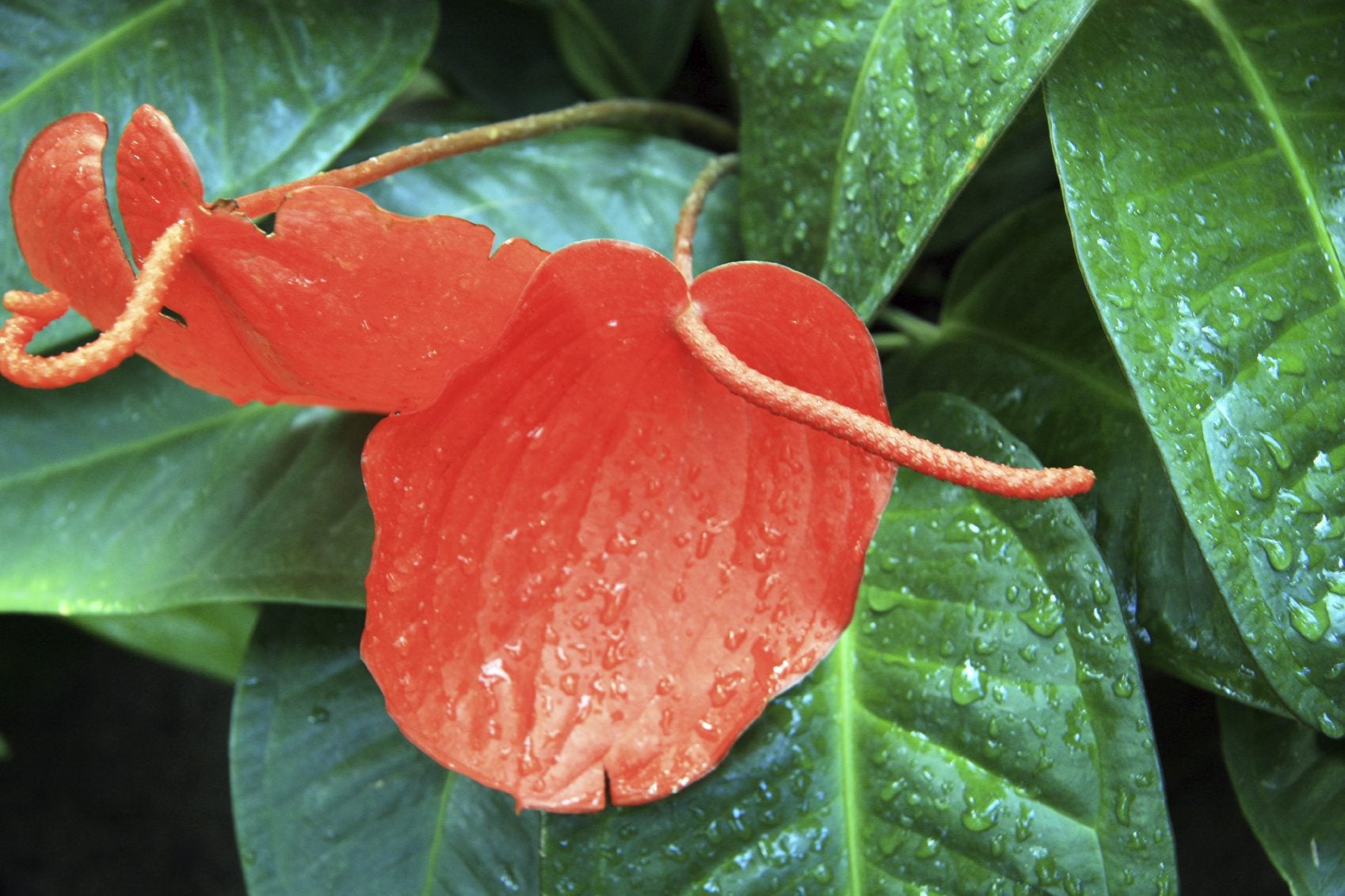 How Often To Water Anthuriums – Helpful Anthurium Watering Instructions
How Often To Water Anthuriums – Helpful Anthurium Watering InstructionsAnthuriums are interesting, lesser-known plants. The flowers have a unique look and low maintenance requirements, particularly when it comes to water. Learn more about anthurium water requirements in this article.
By Liz Baessler
-
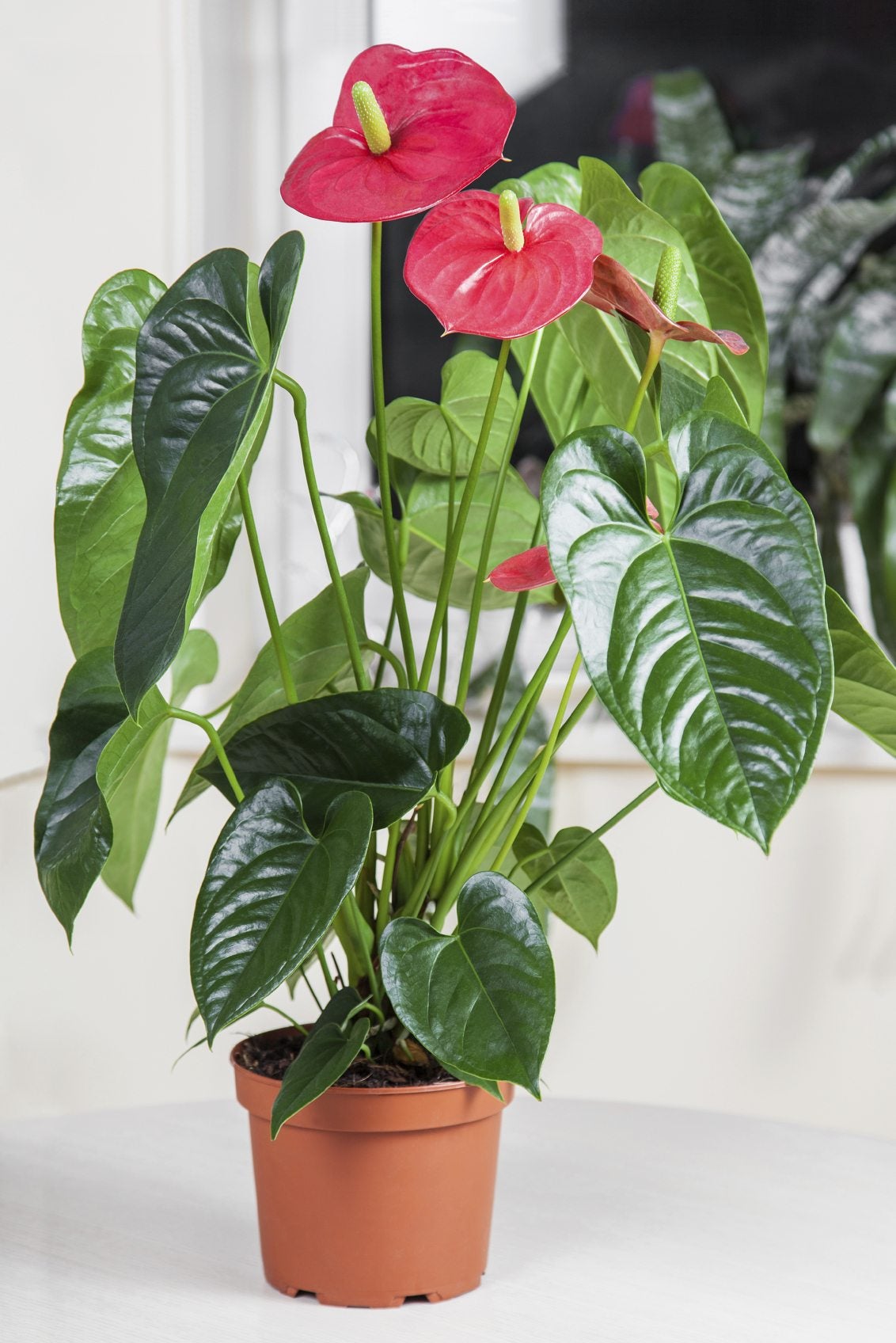 Anthurium Plant Care: Learn About Repotting Anthuriums
Anthurium Plant Care: Learn About Repotting AnthuriumsAnthurium plant care is relatively straightforward and repotting anthurium plants is a task that should be done only when required. Find valuable information on when and how to begin repotting anthuriums in this article.
By Mary H. Dyer